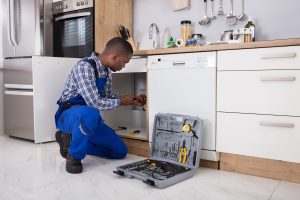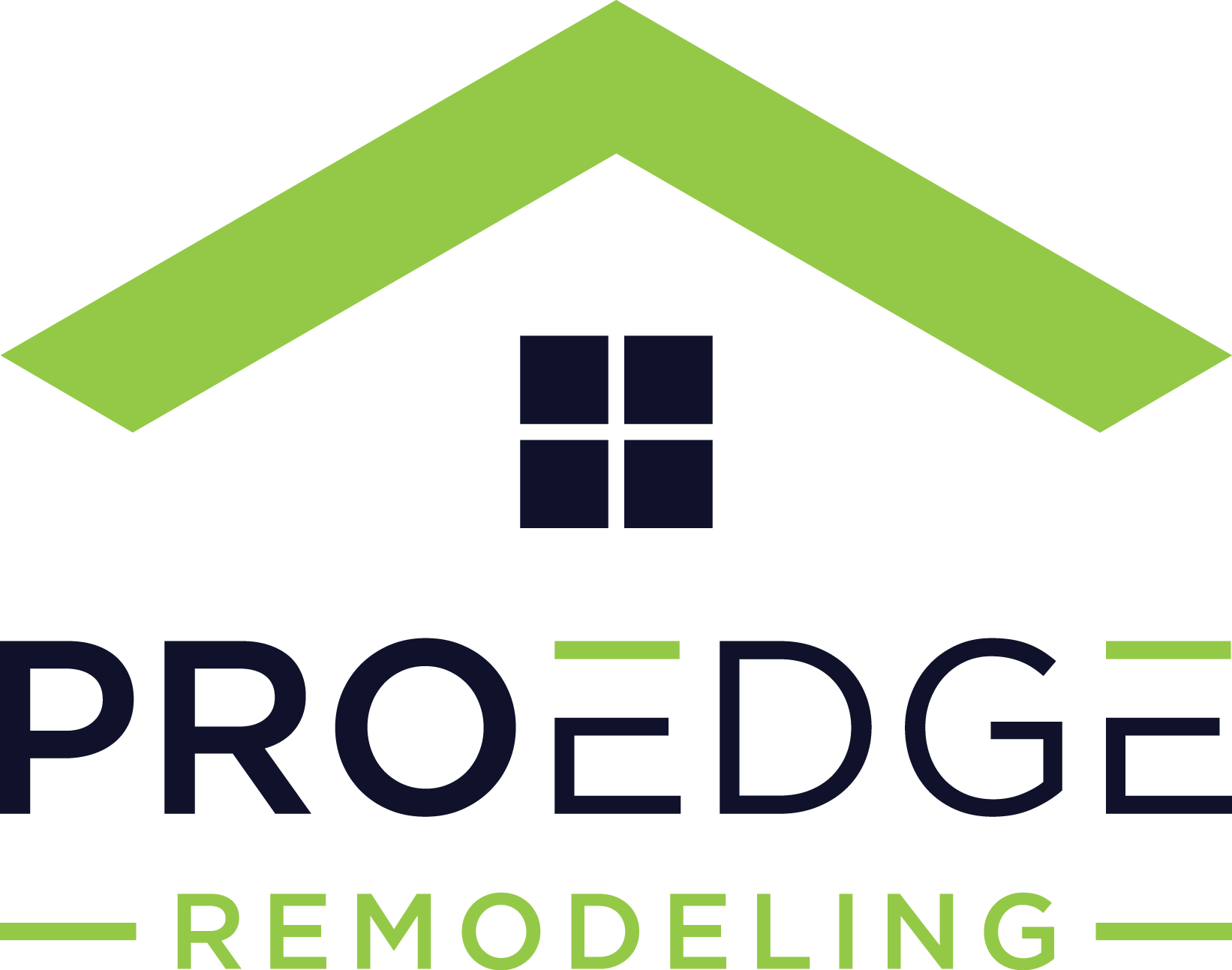7 Most Common Plumbing Problems

*Updated July 28th, 2025
Plumbing problems are one of those household headaches that always seem to happen at the worst possible time. Whether it’s a clogged drain slowing down your morning routine, a leaky pipe driving up your water bill, or a running toilet that just won’t stop, these plumbing issues can be frustrating—and costly—if left unchecked.
The good news? Most common plumbing problems have simple solutions when caught early. Everyday wear and tear, aging pipes, and minor clogs can escalate into bigger (and more expensive) plumbing repairs if ignored. Knowing the common signs of trouble can help a homeowner address small issues before they turn into major plumbing headaches.
In this guide, we’ll walk through seven of the most common plumbing problems homeowners face, why they happen, and what you can do to fix them—whether it’s a quick DIY solution or a sign you need to call a professional plumber.
1. Running Toilet
A toilet that won’t stop running isn’t just annoying—it can waste hundreds of gallons of water per day and spike your water bill. The common cause? A worn-out or ill-fitting flapper valve, which prevents the tank from sealing properly. Other culprits include a loose fill tube, an imbalanced float, or even a hidden leak inside the tank.
Many toilet plumbing problems are easy to fix. Replacing a flapper or adjusting the float is inexpensive and quick. For a hidden leak, do the food coloring test: add drops to the tank and wait. If the bowl water changes color without flushing, you’ve got a plumbing problem that needs attention. Catching it early can save a significant amount of water and money.
2. Leaky Pipes and Faucets
That constant dripping faucet might seem harmless, but over time, it can waste thousands of gallons of water. A single leaky faucet dripping once per second equals over 3,000 gallons a year. Beyond wasting water, leaks can lead to water damage, mold, and mildew in parts of your home.
The common plumbing causes? Worn-out washers, loose connections, or corroded pipes. Tightening a fitting or replacing a washer often fixes a drip. If you spot stains under your sink or around your kitchen sink, or spikes in your water bill, don’t wait—small leaks can become a major problem quickly.
3. Low Water Pressure
Few plumbing problems are as frustrating as low water pressure. It’s often caused by sediment buildup in pipes, a faulty valve, or an issue with your municipal supply.
First, make sure multiple fixtures aren’t running at once. Then check for clogged aerators on faucets or showerheads. If pressure doesn’t improve, there could be an issue with a hidden leak, an issue with the pressure-reducing valve, or an aging plumbing system. These water pressure issues often require a professional plumber to inspect and repair.
4. Clogs in Sinks, Drains, and Toilets
Clogs are among the most common plumbing problems and can occur in toilets, sinks, and main sewer lines. Hair, grease, soap, and debris are frequent culprits.
Simple clogs can be cleared with a plunger, but deeper clogged drains or a clogged toilet may require a licensed plumber. If you’ve tried home remedies and your water flow is still slow, it’s best to call a plumber before the plumbing woes escalate into a plumbing emergency.
5. Water Heater Issues
Lack of hot water is an instant inconvenience. Water heater issues—from sediment buildup to failing heating elements—can stop your hot water heater from working efficiently.
Routine plumbing maintenance, including draining and flushing, helps extend its life. If you notice rusty water, strange noises, or a lack of hot water, a professional plumbing inspection or water heater repair may be needed.
6. Unexplained High Water Bills
Noticed spikes in your water bill? You may have a hidden pipe leak, running toilet, or inefficient fixture. Even a small dripping faucet can waste a lot of water. Inspect for common signs like damp walls or water is leaking around your home. Fixing these plumbing problems early prevents damage to your home.
7. Wall Stains and Water Damage
If you see stains, bubbling paint, or warped drywall, there’s a good chance a hidden pipe is leaking behind walls. These issues can happen in bathrooms or kitchens, often due to aging water service lines or a burst pipe.
Turn off the water using the water shut-off valve and call a plumber immediately. Quick action can stop further damage to your home.
Final Thoughts
Plumbing problems like clogged toilets, leaky pipes, or low water pressure can be disruptive, but addressing them early helps you avoid a major plumbing disaster. Regular plumbing maintenance and knowing when to call a plumber for help are key.
While some common problems are easy DIY fixes, don’t hesitate to call a professional plumber if the plumbing issues go beyond your expertise. A plumbing professional will be able to inspect, repair, and protect your plumbing system—helping you avoid bigger and costlier repairs down the road.
Additional Plumbing Resources
- How Much Do Plumbers Charge Per Hour?
- Is Your Plumbing Corroding? How to Spot and Prevent Pipe Damage
- How to Clean a Clogged Drain Line: A Complete Guide

Anna has over six years of experience in the home services and journalism industries and serves as the Content Manager at MyHomePros.com, specializing in making complex home improvement topics like HVAC, roofing, and plumbing accessible to all. With a bachelor’s degree in journalism from Auburn University, she excels in crafting localized, comprehensive guides that cater to homeowners’ unique needs. Living on both coasts of the United States has equipped her with a distinctive perspective, fueling her passion for turning any house into a cherished home through informed, personalized decision-making.
Connect with top-rated local contractors who can help you with siding, roofing, HVAC, windows, and more. Get free quotes from verified professionals in your area today.








